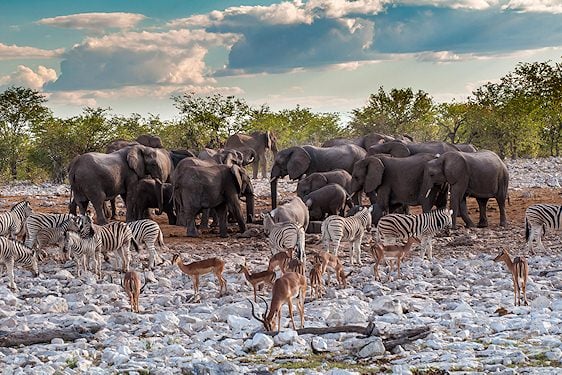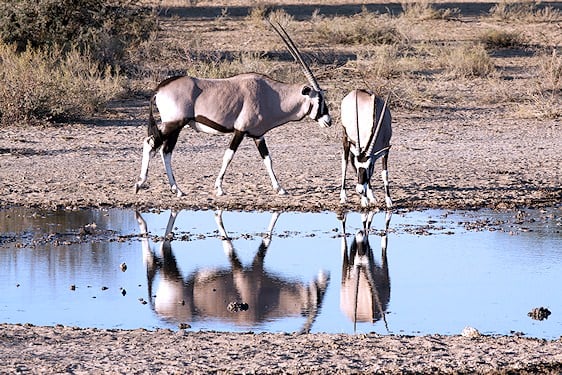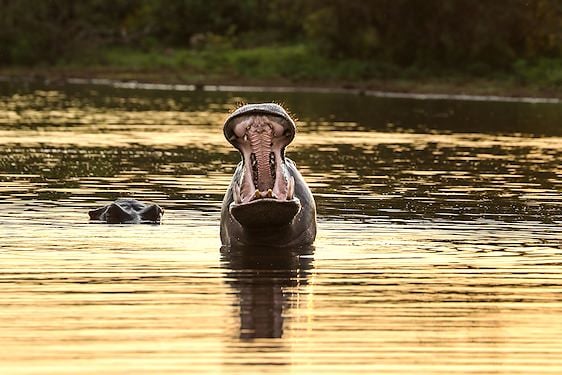- Home
- >
- African Travel
- >
- South Africa
- >
- National Parks
- >
- Kruger National Park
- >
- Mammals
- >
- Caracal
Description
A lean, medium-sized cat with long black ear tufts, powerful hindquarters, and a short reddish-tan coat. The face shows fine black facial lines; the tail is proportionally short. Females are slightly smaller than males.

Caracals are widespread across Africa (outside the wettest rainforest cores), the Middle East and into India. In Southern Africa they occur from arid karoo and Kalahari systems to savanna and fynbos provided there is cover. They are present in the Kruger National Park but are seldom seen due to low densities and largely crepuscular–nocturnal habits.

Status
Assessed as Least Concern with a broad distribution. Local pressures include conflict on farmlands, persecution, habitat conversion and road mortality. In protected areas and well-managed conservancies, populations are generally stable but at naturally low densities.

Habitat & Diet
Occupies arid scrub, open savanna, rocky hills and woodland edges with broken cover. A versatile predator of small to medium prey—rodents, hares, hyrax, small antelope lambs, ground birds and reptiles. Famous for explosive vertical leaps to snatch birds; can subdue prey larger than itself on occasion.

Social Organization
Solitary and mostly crepuscular/nocturnal. Communicates with scent-marking (spray, scrapes), mews, growls and hisses. Adults maintain overlapping home ranges; direct encounters are brief outside of mating.
Finest Safari Areas in Africa for Encountering Caracal
Sightings are never guaranteed, but the following parks and reserves offer suitable habitat and occasional records.

Social Behavior
Hunting style blends stealthy stalking with sudden speed and high leaps. Daytime is spent resting in shade or thickets; activity peaks at dusk and dawn. Individuals use trails and dry riverbeds as travel routes and may cache food in cover.

Reproduction
Breeding can occur year-round. After a gestation of ~78–81 days, females give birth to 1–3 kittens (typically 2) in secluded dens—rocky crevices, burrows or dense bush. Kittens are weaned at ~3–4 months; independence follows at ~9–12 months.

Anti-Predator Behavior
Adults face limited natural predation but avoid lions, leopards, hyenas and African wild dogs by remaining elusive and using cover. Kittens are vulnerable to large raptors, pythons and other carnivores; mothers shift dens and stay secretive to reduce risk.












